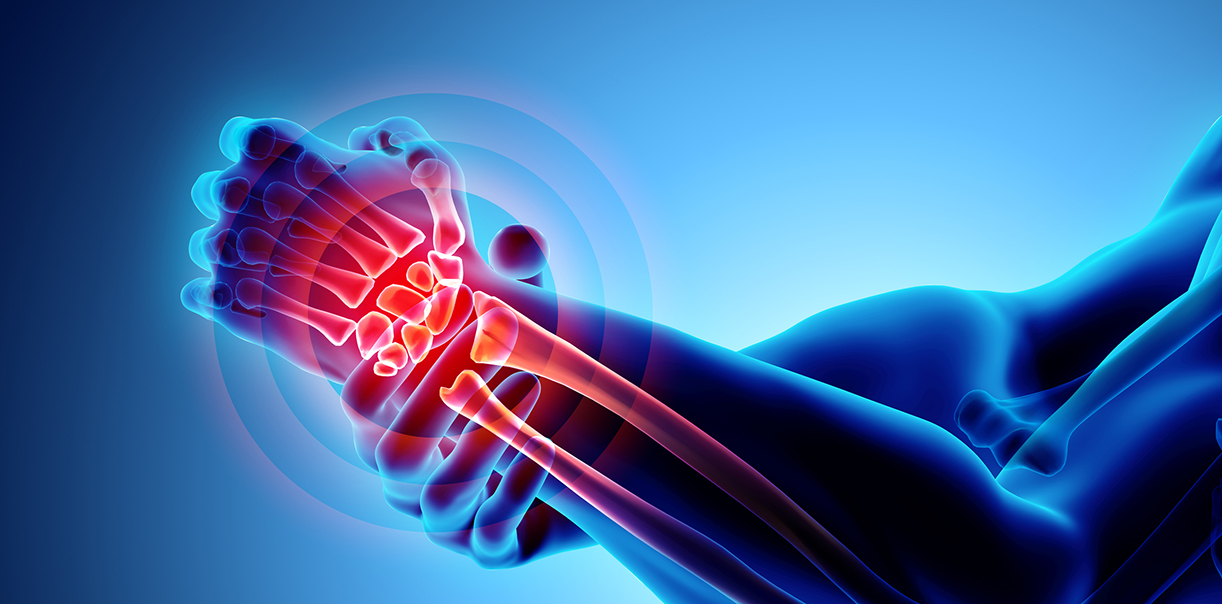Patients can’t accurately select which joints need to undergo ultrasound, and neither can their doctors, researchers say
Patients can’t accurately select which joints need to undergo ultrasound, and neither can their doctors, researchers say.
There’s been a push to discover a shortcut for selecting joints for ultrasound because it’s difficult and time-consuming to scan every joint. It’s been suggested that maybe patients can sense which joints are most tender and thereby cut down on unnecessary scans.
But an observational study from Japan has found that relying on patients to determine which joints should undergo ultrasound in the hand and wrist could lead to an underestimation of disease activity.
To some extent, the patient’s perception of pain and movement did reflect actual joint inflammation, but this was not found to be statistically significant.
The Japanese research team recruited almost 500 rheumatoid arthritis patients and scanned all 22 bilateral metacarpophalangeal, interphalangeal and wrist joints using ultrasonography.
The severity of the inflammation in the joints was scored using a grey scale for synovial fluid or hypertrophy and Power Doppler signals for synovial vascularisation based on the atlas by the Japan College of Rheumatology.
Then, the researchers asked the patients which joints were painful and calculated the disease activity for only those joints.
The researchers also asked the doctors which joints they thought were tender and calculated the disease severity score based on a reduced number of joints.
If the patients and doctors were accurately selecting all the tender and inflamed joints, their total disease activity scores from fewer joints would have been tightly correlated with the total disease activity score from scanning all 22 joints. (This is because the joints that have 0 disease activity will contribute 0 to the overall score.)
However, there was only a moderate correlation, with a Spearman’s rank correlation coefficient (ρ) of 0.435 for patient-selected joints. The result was even worse for the physician joint selection (ρ = 0.383).
This was possibly because patients tended to underestimate inflammation in their joints, the researchers said.
“Even though reducing the number of joints assessed was the purpose of the present study, the number was too small,” the researchers said.
Commenting on the study, Associate Professor Rebecca Grainger said the correlations supporting patient-orientated ultrasound were poor.
“Clinicians can’t use patient self-reporting to reduce ultrasound assessment burden as this could lead to an underestimation of disease activity,” she said.
Professor Grainger is a rheumatologist at the department of medicine at the University of Otago, Wellington.
In addition, all patients in the study had long-standing rheumatoid arthritis (nine years on average) and half were considered to be Steinbrocker class 3 or 4, meaning they were quite disabled.
“This implies destructive and deforming arthritis so it’s understandable that the participants might have had pain secondary to damage and therefore no ultrasound features of inflammation,” Professor Grainger said.
Even when clinical assessment or a patient report indicated clinical remission (with one or no active joints) ultrasound could show evidence of ongoing inflammation, Professor Grainger said.
“This is already well recognised and not surprising that ultrasound evidence of active inflammation is being found in patients with minimal or no symptoms.”


